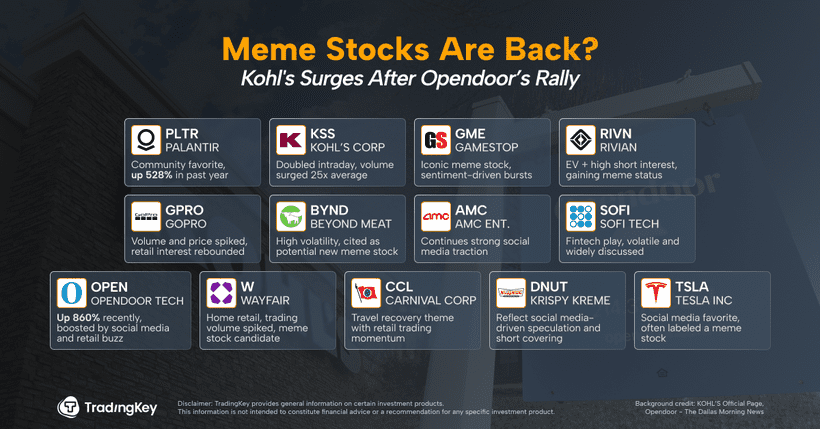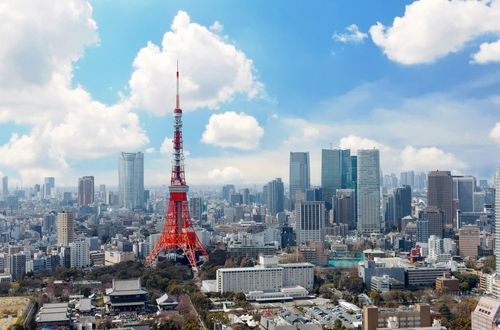COLUMN-Papering over strains, US and allies prep for Taiwan war: Peter Apps

By Peter Apps
WASHINGTON, July 25 (Reuters) - As they kicked off the largest joint military exercises in Australia’s history with a press conference in Sydney earlier this month, U.S. commanders gave a simple explanation for why 35,000 troops from 19 nations were simulating high-tech warfare.
In the words of U.S. Lieutenant General Joel Vowell, deputy commander of the U.S. Army in the Pacific, exercise TALISMAN SABRE was intended to build the ability of the U.S. and its allies to respond to any crisis in the Pacific – and in doing so, act as a “deterrent mechanism” to prevent a future conflict.
Already, 2025 has witnessed a series of the largest and most sophisticated military drills held in the Pacific since the end of World War Two, a sign of growing nervousness over a rising China. But along with other U.S.-led activity around the region, the drills also have a much more focused goal.
They are to persuade Beijing that if it goes ahead with what are now believed to be increasingly advanced plans for an invasion of Taiwan, it risks finding itself at war not just with the U.S. but a powerful and well-armed de facto alliance.
Behind the scenes, however, sits clear diplomatic awkwardness, caused both by Pacific frustrations over U.S. President Donald Trump's tariff salvoes and trade war as well as strategic uncertainty over the U.S. and its future global role.
Unlike with its NATO allies in Europe or its main Pacific partners such as Australia, the U.S. has no binding treaty obligations to defend Taiwan if it is attacked.
Nor do Australia, the Philippines and other major players in the region. This month, the Financial Times reported that U.S. officials were exerting mounting pressure on Australia and Japan to agree to intervene militarily if China moved against Taiwan.
That raised eyebrows in both nations – as well as an unusually public refusal to make any such commitment.
That should not have been surprising.
Under terms of the Taiwan Relations Act of 1979, successive U.S. administrations have been committed to ensuring plans and military resources are in place to protect the island against whatever Chinese menace it faces.
But that does not extend to a commitment to use that force in the event of an attack. Indeed, there is a clear division of views within the Trump administration and its supporters on the wisdom of such action, as well as over how much support Washington should offer to the government in Taipei.
That means America’s regional allies find themselves taking a similar position, frequently happy to work with the U.S. on contingency planning and deepening military cooperation – but unwilling to commit much further.
The result is a situation rather different from what the Trump administration expected to find when it entered office in January complaining loudly about a European failure to invest properly in defending their own continent and pledging to switch America’s focus to confronting China.
But while European NATO nations have now committed to significant spending increases – 3.5 percent of gross domestic product on defense with an additional 1.5 percent on defense related infrastructure, America’s Pacific allies have held back.
Under hefty U.S. pressure, Taiwan itself is working to get its defense budget to 2.5 percent of GDP, motivated by U.S. warnings that it might be abandoned if it does not step up its efforts.
Japan spent only 1.8 percent of GDP on defense in 2025, rising to 2 percent by 2027 – and its prime minister Shigeru Ishida was widely suspected of skipping the NATO summit in The Hague last month to avoid pressure to do more.
Japan, New Zealand, Australia and South Korea are not NATO members, but often attend large alliance meetings to discuss global and Pacific security matters.
STEPPING UP COORDINATION WITH TAIPEI
“It’s hard to believe, a little bit ..., but thanks to President Trump, Asian allies should look to countries in Europe as a new-found example,” U.S. Defense Secretary Pete Hegseth said at the Shangri-La Security Dialogue in Singapore in May.
Hegseth also warned that the Chinese threat to Taiwan was “imminent” and that Beijing viewed its capture as a key step on the road to regional domination.
Few in Japan, Australia or the Philippines would question that analysis. All have long concluded that a Chinese takeover of Taiwan would magnify the future threat to them, and have weighed behind closed doors what actions they might take.
Since Trump took office in January, however, America’s Asian allies have found themselves profoundly uncertain by the administration’s cool treatment of Ukraine in the country's battle against Russian invasion.
They are suddenly worried that they might similarly find themselves deprived of U.S. arms and forced towards a deal by a future U.S. government. Trump’s tariffs and trade war rhetoric have only made such matters worse.
Since taking office, Hegseth and his team have been forced to exert considerable effort reassuring Asian partners, meeting with Philippines President Ferdinand Marcos Junior this week and reasserting a U.S. commitment to a mutual defense pact.
Marcos also met with Trump, who agreed to ease U.S. tariffs on the Philippines from 20 to 19 percent. Japan also struck a trade deal with Washington this week, bringing its tariffs down to 15 percent.
Senior U.S. officials have visited South Korea and Japan to discuss both using their enormous shipyards to support the U.S. military as well as discussing how U.S. forces based there might support a battle for Taiwan.
That also appears to point to the broader Pentagon position: ignore the messy politics as much as possible, particularly when it comes to trade, in favor of building up real military capabilities including amongst allies, thereby maximizing potential options in the event of a future crisis.
China considers democratic Taiwan as part of its own territory and calls its president a "separatist". Taiwan's government disputes China's claim.
Taiwan itself has been conducting its own annual Han Kuang military drills in recent weeks, by far the largest and most realistic the island has ever held.
Taiwanese media reported that the onlookers included the largest serving U.S. military delegation at any point in recent history, with U.S. troops visible in TV footage with their faces obscured digitally.
According to the Washington Post, Taiwanese personnel were also invited to June’s “Kamandag” exercise that brought together U.S., Japanese and Filipino forces around the northern Philippines' Batanes island, among the closest points from which U.S. forces and any allies could strike at any Chinese warships attempting a blockade or invasion of Taiwan.
At the Shangri-La conference in May, Hegseth echoed his Democratic predecessor Lloyd Austin in stressing that the U.S. believed European allies should focus on their own defense before sending forces repeatedly to Asia - but once again, that warning seemed to go unheeded.
That appears at least partly a consequence of the recent signals and actions of the Trump administration.
Now much more nervous that U.S. support might one day fall away, Asian powers especially Japan and Australia but also a host of smaller nations have made clear they would like to lock in deeper links to Europe, including through defense purchases.
NERVOUS PARTNERS
So far this year, both Britain and France have sent an aircraft carrier to the Pacific – while TALISMAN SABRE in Australia has also included forces from Canada, the Netherlands, Germany and Norway.
Their presence – as well as the much larger U.S. military commitment including the aircraft carrier George Washington – will have come as a relief to many in Australia.
Earlier this year, Chinese warships conducted live firing exercises without warning in international waters off Australia before circumnavigating the country completely in a show of force, with Australian complaints that the U.S. appeared to offer neither comment nor reaction.
There is also ongoing speculation that the Trump administration might overturn the AUKUS defense deal to deliver nuclear submarines.
In the meantime, TALISMAN SABRE has seen Australia showing off how it can help the U.S. military – with bases, weapons storage facilities and enormous training areas where long-range rockets and other weapons can be tested, while the U.S. and partners engage in the kind of aggressive training that might be seen as escalatory if conducted closer to the Chinese coast.
That, of course, points to the debate within the U.S. itself, including in the Pentagon, over whether Washington is making matters safer or more dangerous through its actions to counter China – something that will be examined in a major review posture already underway.
Those who think the U.S. is already overstretched – the so-called “restrainers” – say it should look to pull back its forces nearest China’s mainland, including the 500-odd trainers, contractors and military personnel reported to be on Taiwan itself, warning that their presence fuels unintended escalation.
Any pullback could include personnel from South Korea and exposed areas of Japan including the island of Okinawa.
Critics of that approach say such a withdrawal might be seen as a green light from Beijing to launch its Taiwan invasion.
In June, as the U.S. sent Pacific-based aircraft carriers and Patriot air defense systems to the Middle East, China’s two working aircraft carriers carried out their own high-profile training further into the Western Pacific than ever before, another sign of growing Chinese confidence.
For now, the Pentagon looks set to keep stepping up its activity in Asia unless directly ordered otherwise.
Whether that is enough to give those in power in Beijing second thoughts on launching an invasion of Taiwan, only time will tell, but the stakes look likely to keep on getting higher.





